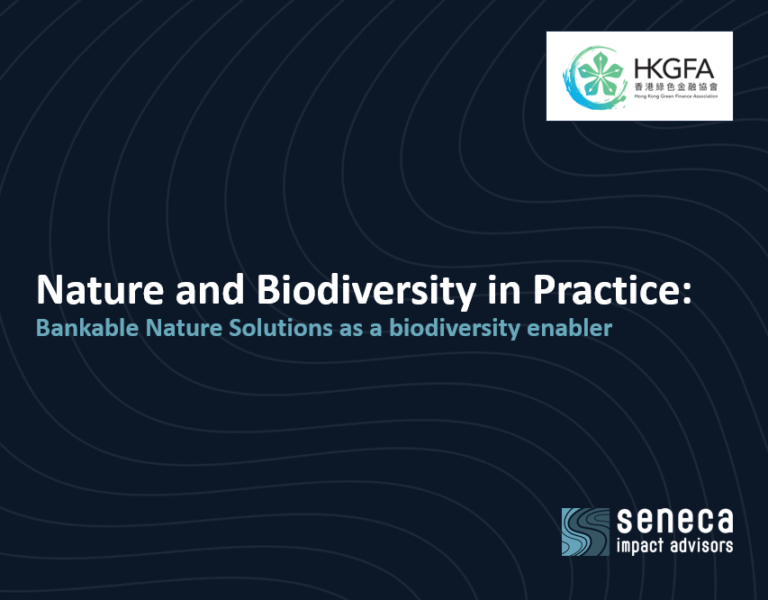Reforestation
Farmland restoration projects can reduce the area needed for farming operations by enhancing production efficiency while producing higher value-add products. This can lead to the increase of green cover while enhancing livelihoods of communities which depend on the land. Reforestation initiatives plant thousands of trees, often returning degraded land cleared for cattle or agriculture to forest. They are commonly seen as obvious carbon sinks. Carbon credits can typically make reforestation project bankable, however, the aim is to make the project bankable even without carbon credits.
Reforestation projects typically involve long time horizons with benefits only appearing in the later stages of the project. Sourcing capital for such ventures requires looking beyond the traditional sources of finance. Building a coalition of impact and commercial investors who can focus beyond carbon credits is essential. It also requires working with communities as the land is rarely uninhabited especially in developing countries. Structuring such projects requires working with local communities as well as investors seeking returns.







